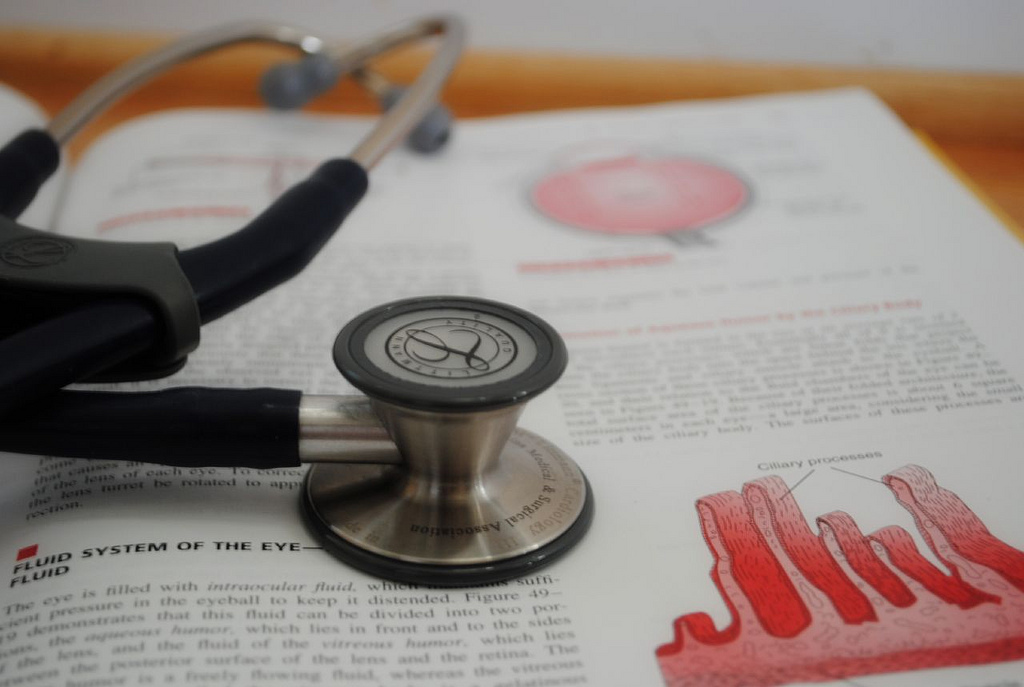Scholarships and Financial Aid Options for Physician Assistant Students
/For those considering advancing their education by completing a physician assistant program, there are numerous options available to help make the process affordable. Most students in a PA degree program have a need to borrow to complete the task, given that the average cost of an undergraduate education prior to PA school is $36,300, and the total cost ranges from $75,000 to $124,000 when all is said and done. But before running to student loans to foot the bill for the entire program, potential PAs should understand their options for scholarships and other financial aid resources.
PA Scholarships
The number and variety of scholarships for potential PA students are growing, as many organizations and government agencies recognize the important role physician assistants play in the healthcare arena. Scholarships represent a smart way to fund higher education initiatives because the funds received do not need to be repaid, as do student loans from the government or private lenders. Although not every potential PA student is well-qualified for every scholarship, it is worth knowing the options. The following are just a handful of the scholarships currently available to those interested in earning a degree to become a physician assistant.
State and national organization scholarships: each state has a society or academy specifically for physician assistants, most intertwined with the American Academy of Physician Assistants. A number of these organizations or their foundations fund some level of scholarships for potential PA students. The majority of society or academy scholarships offered through state organizations are based on accomplishments or educational background, but the amount of each award varies greatly from state to state. Students should contact their state physician assistant society or academy to learn more about specific scholarship opportunities available.
Minority organizations: similar to state organizations, several local and national organizations offer scholarships based on a student’s ethnic background. For instance, the Indian Health Services division of the Federal Health Program for American Indians and Alaska Natives provides a scholarship to cover undergraduate and graduate degree programs, including a PA degree.
Grant funding: grants are different than scholarships in that they offer funding for graduate-level education so long as the student meets certain stipulations. Once a student is accepted into a PA program, he or she must complete the Free Application for Federal Student Aid, more commonly referred to as the FAFSA. Through the process, students are able to determine what federal, state, and local government grants for which they may qualify. There are also several private grant opportunities which can be found by doing a quick online search. The requirements to apply for a government or private grant vary widely, but those funds can be used to offset the cost of a PA degree program for a large number of students.
Financial Aid Options
When the combination of scholarships and grants do not fully cover the expense of attending school to become a physician assistant, other financial aid options are available. The most common financial aid resources include the following:
Direct Unsubsidized Loans: the federal government offers access to direct lending to students pursuing higher level education, including those with plans to complete a PA degree program. Direct unsubsidized loans are not made available based on the financial needs of the student but instead, are offered based on the cost of attendance determined by the school. These loans are issued by the federal government as must be repaid upon leaving school or graduation.
Perkins Loan Program: individuals who show a large financial need may be eligible for the Federal Perkins Loan program. Through this financial aid option, a school-based loan is offered up to certain limits, and a lower interest rate is applied to borrowed funds. Individuals should check with their school of choice to see if they participate in the loan program and if the option is available based on their financial circumstances.
Stafford Student Loans: students wanting to complete a PA degree program also have access to the Stafford student loan financial aid option, which entails borrowing from a lending institution, not the federal government. A Stafford student loan can be taken out for up to $8,500 per year, not to exceed $65,000 for an entire degree program. Qualification is based on financial need, and the interest rate applied to Stafford loans varies from lender to lender.
Potential physician assistant students have numerous options when it comes to paying for school, but it is necessary to know which must be repaid over time and which represent a gift that does not require repayment. Although it takes time to find and apply for different scholarships, grants, and financial aid options, the combination of these funding sources help PA students worry less about financing a degree and focus more on completing their education goals.
Drew Cloud started his own website, The Student Loan Report, after he noticed the student loan headlines. Seeing all of the controversy and issues, he wanted to create a reliable student loan news outlet to benefit readers who are interested in learning more about higher education, student loans, and anything that’s related.












